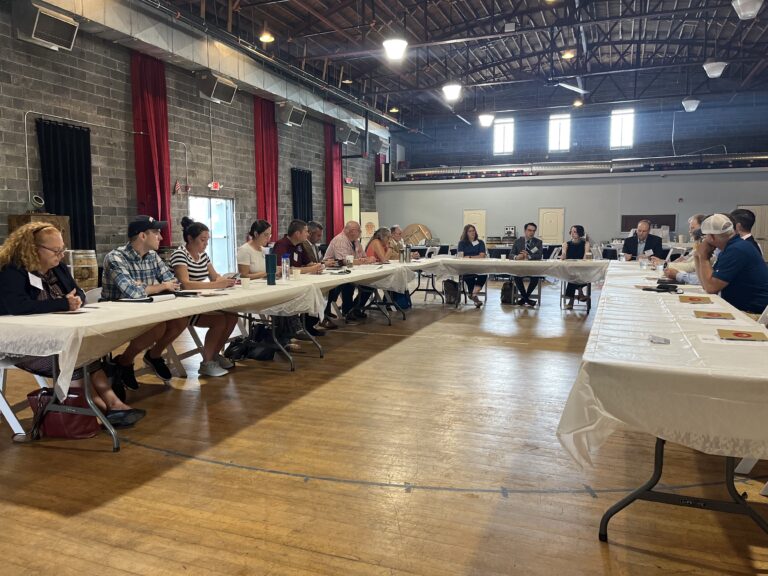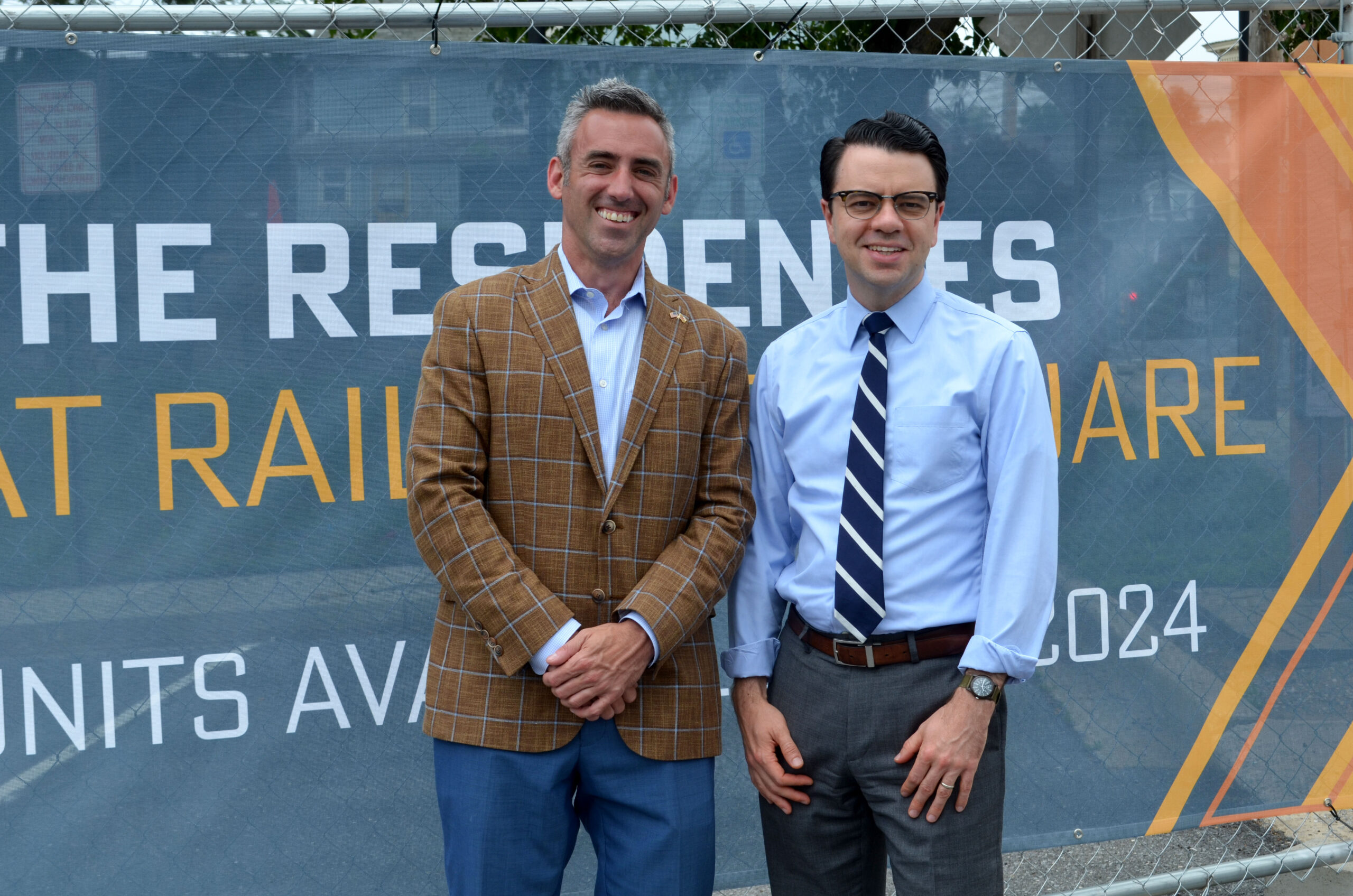Last week, Preservation Maryland and its statewide program, Smart Growth Maryland, convened in Brunswick, Maryland for a first-of-its-kind roundtable discussion on the intersection of smart growth, historic preservation, and affordable housing.

The roundtable was attended by regional and local level leaders from across the state, as well as non-profit, academic, and private sector partners working throughout Maryland. Several elected and state cabinet officials participated in the conversation, including Frederick County Executive Jessica Fitzwater, Brunswick Mayor Nathan Brown, Maryland Department of Housing and Community Development Secretary Jacob Day, and Chuck Boyd, representing Maryland Department of Planning Secretary Rebecca Flora. The conversation, facilitated by Preservation Maryland’s President & CEO Nicholas Redding, explored the challenges and opportunities of balancing growth with preservation and the pressing need to produce more quality, affordable housing in every corner of the state. The conversation generated considerable debate and much common ground around infill development, some of which Preservation Maryland hopes to convert into sound public policy at the local and state level.
Following the roundtable, we’re pleased to say that we’ve identified three areas of consensus to build upon:
- Increasing Affordability of Infill Redevelopment
Action Item: Identify the greatest regulatory drivers in cost to infill development and work on ways to eliminate them.
- Expediting Processes for Infill Redevelopment
Action Item: Support the creation of more predictable processes for affordable housing development at the state and local levels, and identifying common sense efficiencies in the review process.
- Support for Main Street Communities
Action Item: Integration of Smart Growth and preservation advocates into existing housing coalitions and engagement with the new Accessory Dwelling Unit (ADU) working group.
In the end, as Preservation Maryland CEO Nicholas Redding explained, “There is far more which unites us than divides us – and in finding common ground we have the ability to make a profound difference for our communities.”

When we consider what Smart Growth in Maryland might look like in the future, we know we want our communities to be as iconic, walkable, and varied in scale and value as the communities of 100 years ago. However, infill can be a costly and lengthy process in Maryland, particularly in comparison to neighboring states. Smart Growth Maryland aims to identify and support strategies that would bring down costs, expedite the associated processes, and support our main street communities to ensure that the historic fabric of our downtowns will continue to play a prominent role in future affordable housing planning and development.

